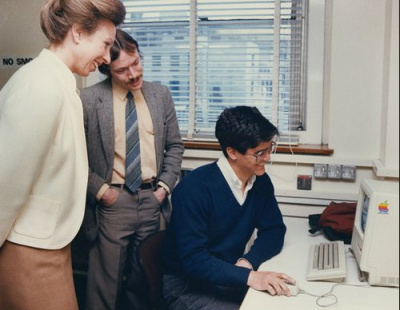Difference between revisions of "How fragmentation happens"
From filmstandards.org
(→So many databases ...) |
|||
| Line 30: | Line 30: | ||
| valign="top" width="405px" |[[File:Desktop-computer.jpg|400px]]<br /> | | valign="top" width="405px" |[[File:Desktop-computer.jpg|400px]]<br /> | ||
<span style="font-size:8pt"> | <span style="font-size:8pt"> | ||
| − | HRH Princess Anne marvelling a desktop computer. | + | HRH Princess Anne marvelling at a 1980s desktop computer. |
</span> | </span> | ||
Revision as of 18:53, 1 April 2011
From the TC 372 Workshop Compendium
So many databases ...
... and still more to come?
Over the past two or three decades, databases have sprouted in every corner. With little or no guidance from standards, we now often have dozens of film-related databases in a single institution.

